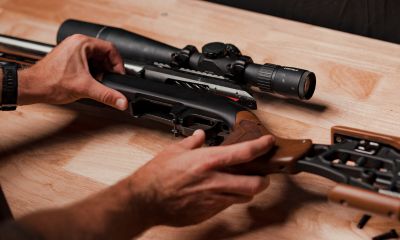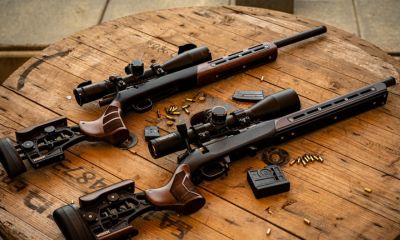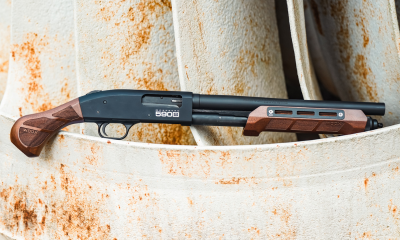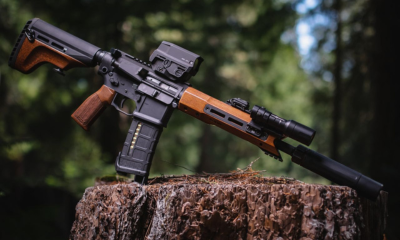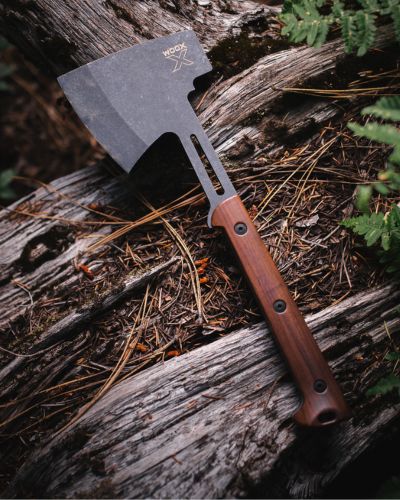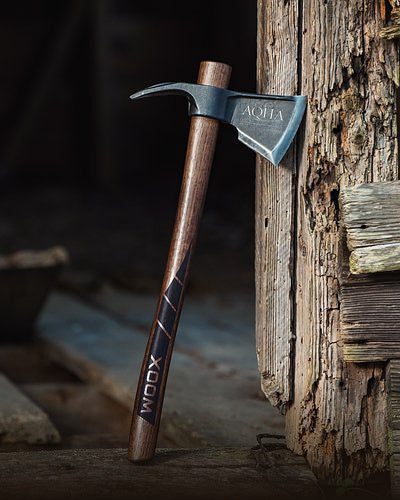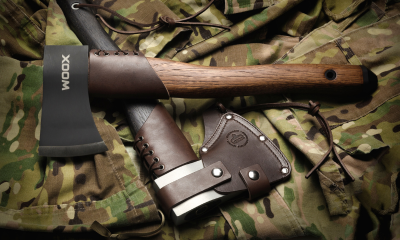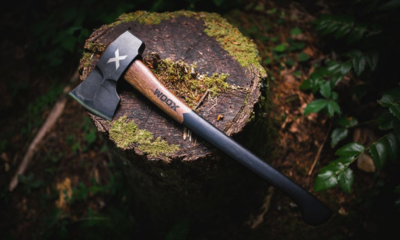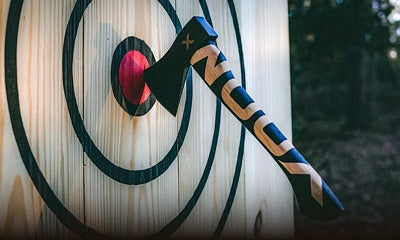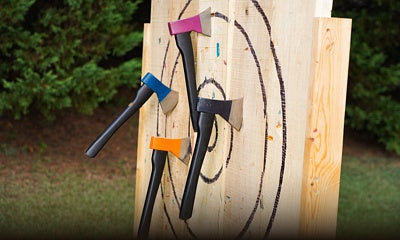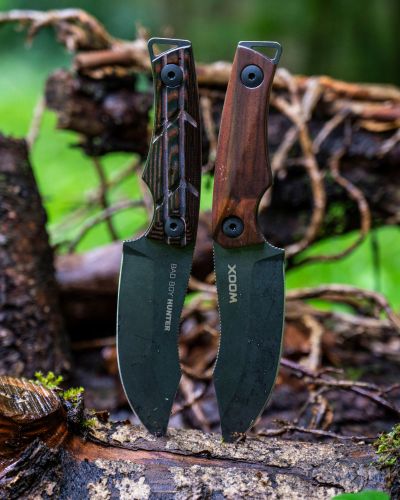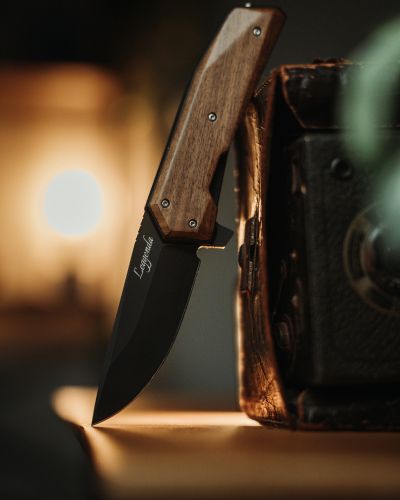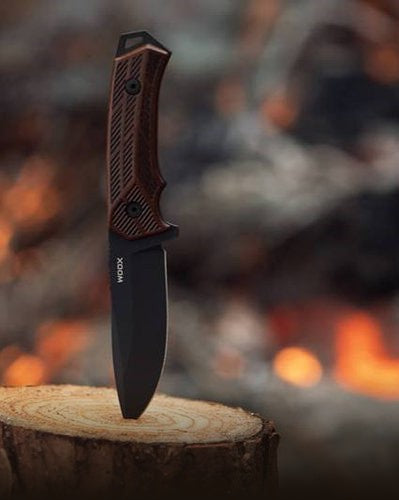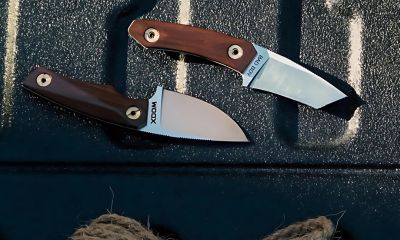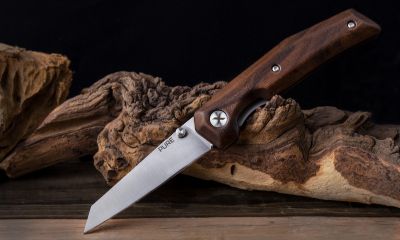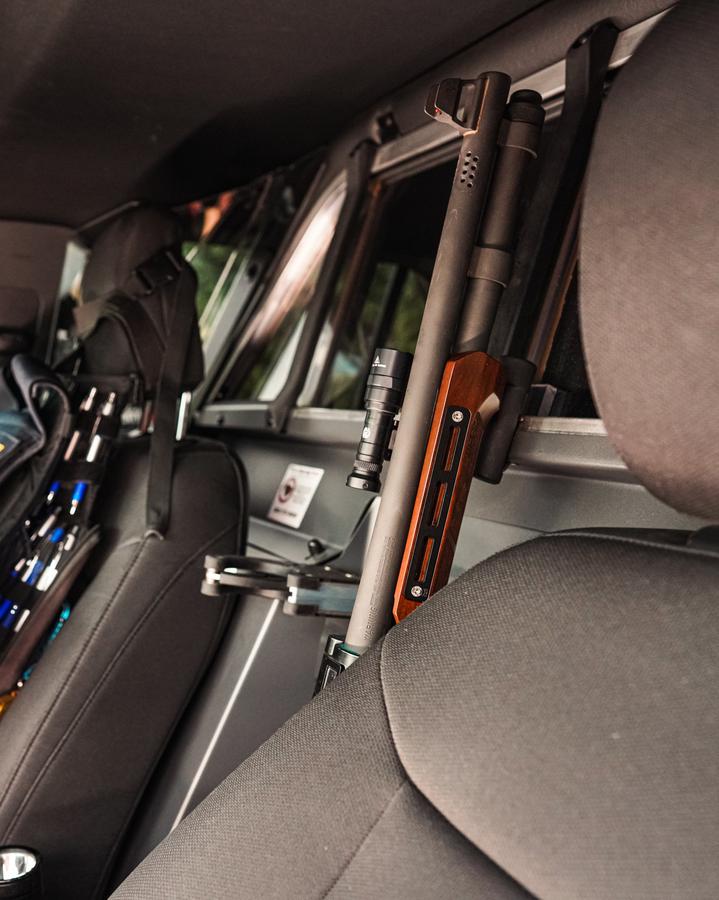
Essential Elements of Rifle Stocks for Hunters
Table of Contents
The stock of a hunting rifle is not just a structural component; it is a critical element that influences the rifle's performance, user comfort, and overall effectiveness in the field. In this article, we will explore the key characteristics of hunting rifle stocks, emphasizing how these features affect the shooting experience.
1. Material
Historically, wood was the go-to material for rifle stocks, prized for its aesthetics and traditional appeal. However, modern stocks are often made from synthetic materials like fiberglass, carbon fiber, or plastics. These materials offer greater resistance to environmental factors like moisture and temperature changes. The choice of material affects the rifle's weight, balance, and durability.

2. Ergonomics
The shape of the stock plays a crucial role in how the rifle fits the shooter. Good ergonomics ensure a comfortable and stable shooting position, which is essential for accuracy. Key aspects include the grip size and angle, the contour of the buttstock, and the overall balance of the rifle when it's shouldered. Adjustable stocks, which can be tailored to the individual shooter, are becoming increasingly popular.

3. Weight
The weight of the stock contributes significantly to the overall weight of the rifle. A heavier stock can reduce recoil, making the rifle more comfortable to shoot. However, in hunting scenarios where mobility is key, a lighter stock might be preferred for ease of carrying over long distances.
The target weight for a hunting rifle stock
The target weight for a hunting rifle stock can vary depending on several factors, including the type of hunting, the materials used in the stock, and personal preferences. Generally, hunters prefer a balance between a stock that is light enough for easy mobility and handling during long treks, yet heavy enough to provide stability and reduce recoil when shooting.
Here are some general guidelines:
- Lightweight Stocks: Ideal for hunters who need to move a lot or traverse rough terrain. These stocks might weigh anywhere from 1.5 to 2.5 pounds (approx. 0.68 to 1.13 kg). They are often made of synthetic materials like carbon fiber or lightweight woods.
- Medium Weight Stocks: These are a good balance for general hunting purposes and might weigh between 2.5 to 3.5 pounds (approx. 1.13 to 1.59 kg). They provide a good balance of stability and ease of carry.
- Heavyweight Stocks: Preferred for long-range shooting or large game hunting where recoil absorption is crucial. Such stocks can weigh over 3.5 pounds (over 1.59 kg). These are less common for hunters who need to move frequently or travel long distances on foot.
It's important to remember that the total weight of the rifle, including the stock, barrel, scope, and other accessories, should be manageable for the user and suited to the specific hunting scenario. A well-balanced rifle is key to both comfort and accuracy.

4. Recoil Pad
A good recoil pad can significantly improve shooting comfort. It absorbs some of the shocks generated when the gun is fired, reducing the impact on the shooter's shoulder. This feature is particularly important for high-caliber rifles used for big game hunting.

5. Cheek Piece
A cheek piece helps align the shooter's eye with the rifle's scope or sights. An adjustable cheek piece is beneficial as it can be customized to fit the shooter's facial structure, ensuring consistent and comfortable alignment with every shot.

6. Length of Pull
The length of pull (LOP) is the distance from the trigger to the end of the buttstock. This measurement is crucial for shooter comfort and accuracy. A stock that's too long or too short can make the rifle awkward to handle and negatively impact shooting accuracy.
7. Sling Attachments
For hunters, the ability to attach a sling to the rifle stock is essential. It allows for easier transport of the rifle, especially during long treks. The placement and design of these attachments can affect the balance of the rifle when it's being carried.

8. Environmental Resistance
Stocks designed for hunting are often exposed to harsh environmental conditions. Materials that can withstand moisture, extreme temperatures, and rough handling are preferable. This resistance ensures the longevity of the stock and the rifle's overall reliability.
The stock of a hunting rifle is a blend of art and science. It must balance functional elements like material, weight, and ergonomics with aesthetic considerations. A well-designed stock enhances the hunting experience by providing comfort, improving accuracy, and ensuring durability, all while resonating with the personal style and preferences of the hunter. Whether traditional wood or modern synthetic, the right stock can make a significant difference in the field.
SHOP BY purpose
Discover the perfect fit for your needs with our diverse collection of aftermarket stocks, tailored for a range of different purposes.
see all our stocksKeep Reading
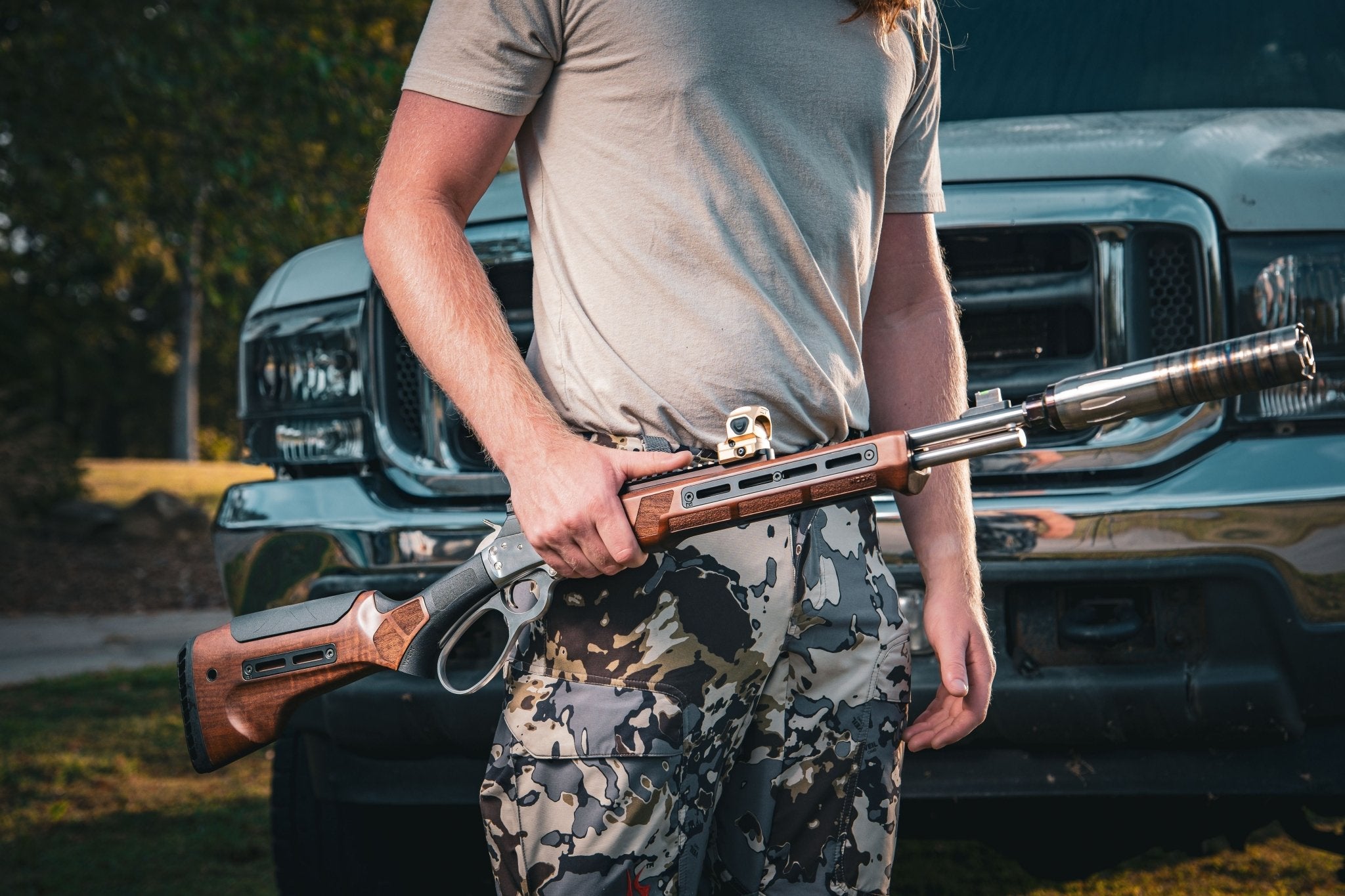
Marlin SBL 1894 A .357 Magnum for WOOX Bravado
A timeless .357 Magnum lever-action gets a modern edge with WOOX’s new BRAVADO furniture, a stealthy suppressor, and fast glass. This is not your grandfather’s lever gun—this is yours.
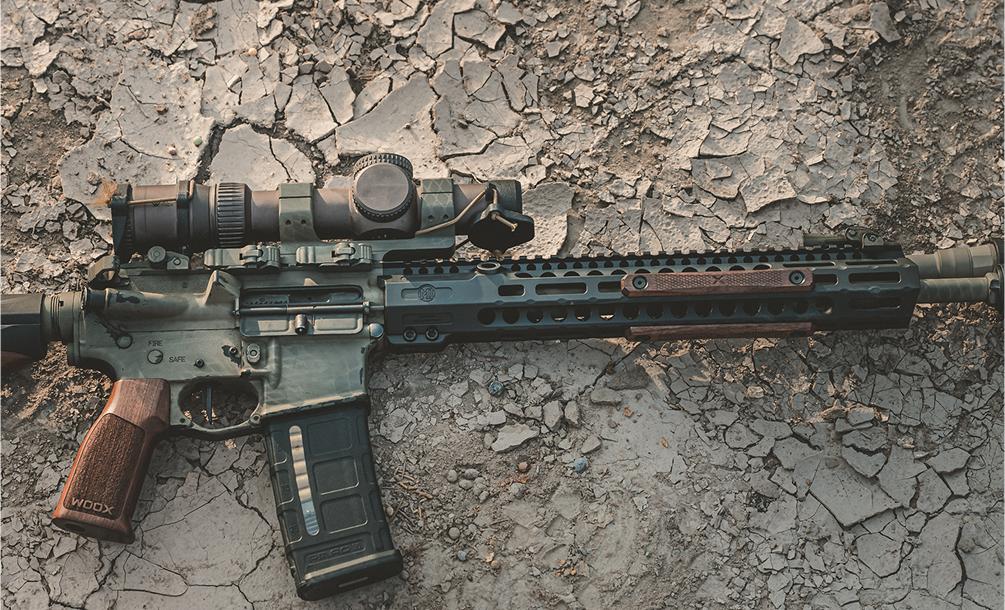
Midwest Industries 16” with WOOX Vigilante
The Vigilante AR build is a no-compromise setup featuring Midwest Industries, Vortex, SureFire, and JK Armament—precision meets purpose in a rifle built to perform anywhere.
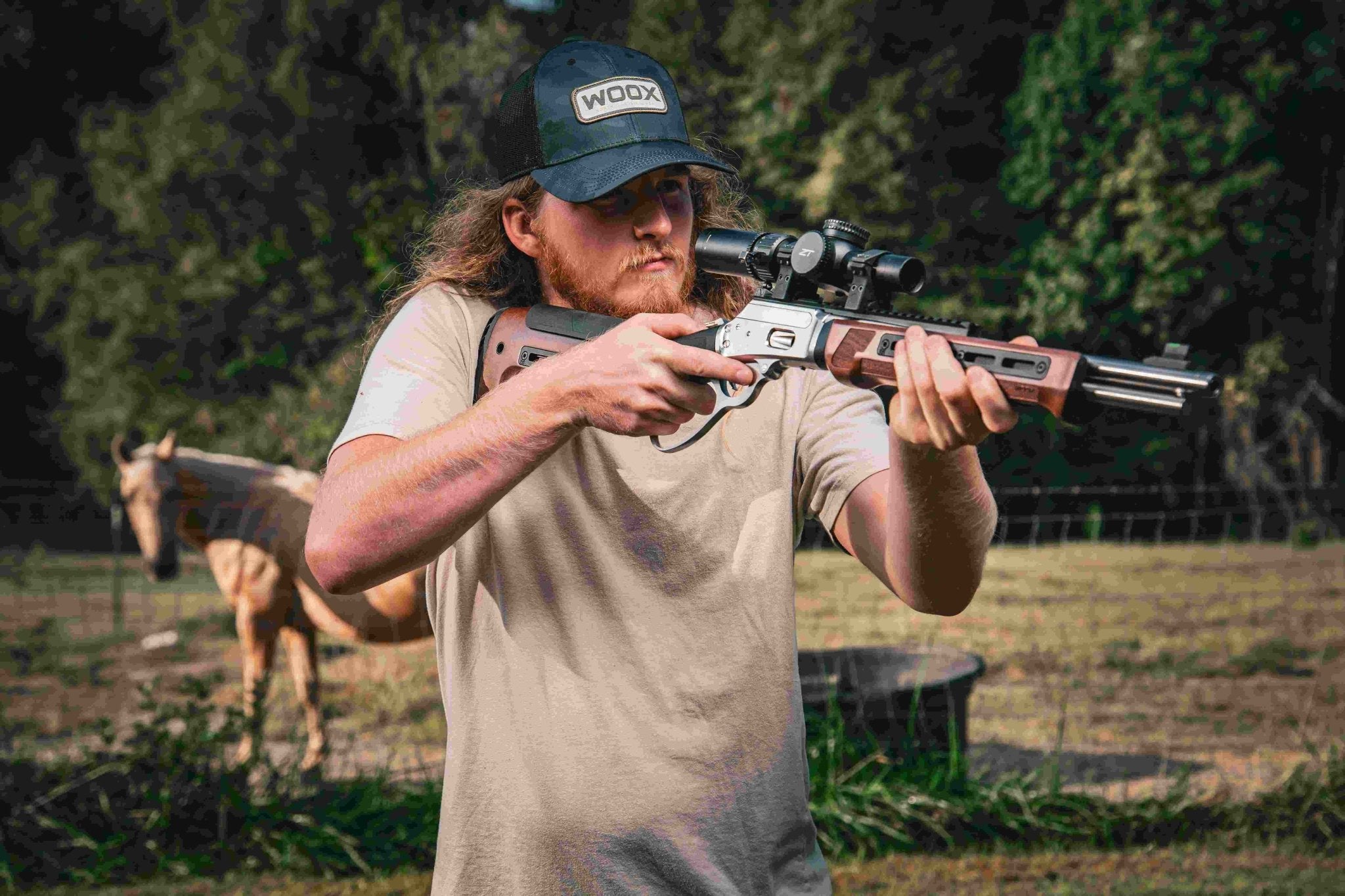
Marlin Build with Bravado : Building a .357 Magnum Lever-Gun Beast
The “Bravado for Marlin” build pairs a compact Marlin 1894 SBL (.357 Magnum) with a practical optic and rock-solid mounts to create a versatile, durable lever-action for real-world use.
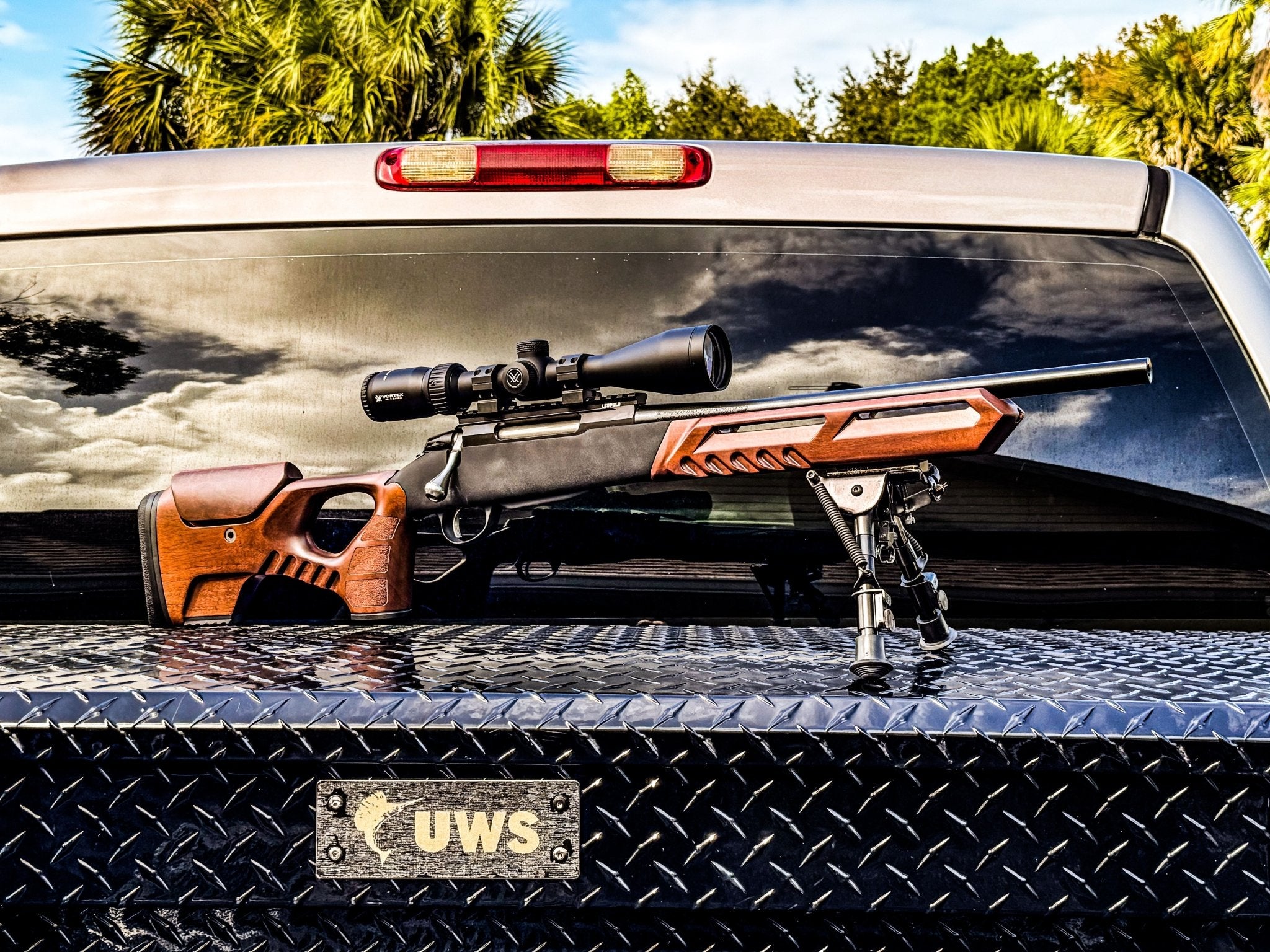
Tikka T3x Hunter 16″ with WOOX Cobra Precision Build
A purpose-driven rifle system blending craftsmanship, precision, and performance—the WOOX Cobra + Tikka T3x Hunter 16″ build is made for the modern outdoorsman.



